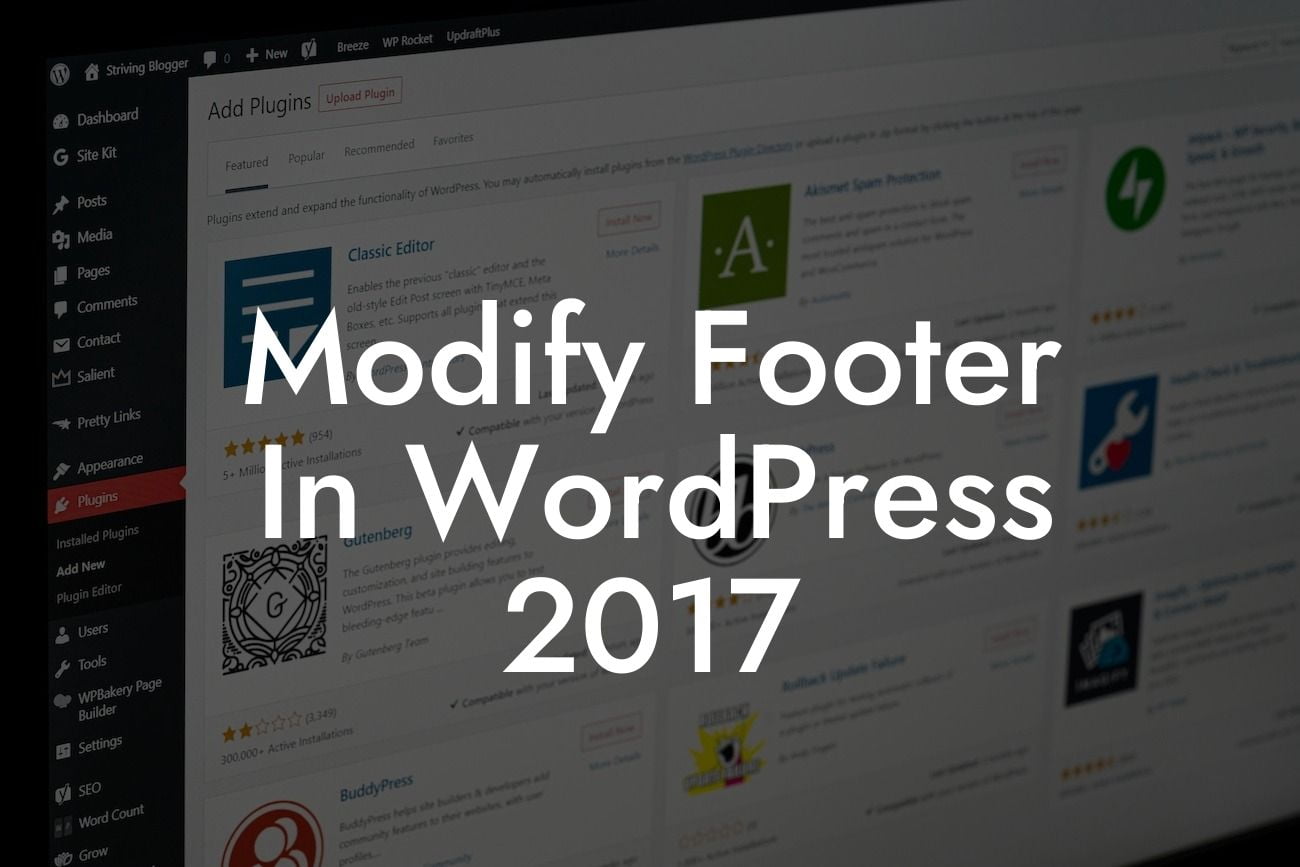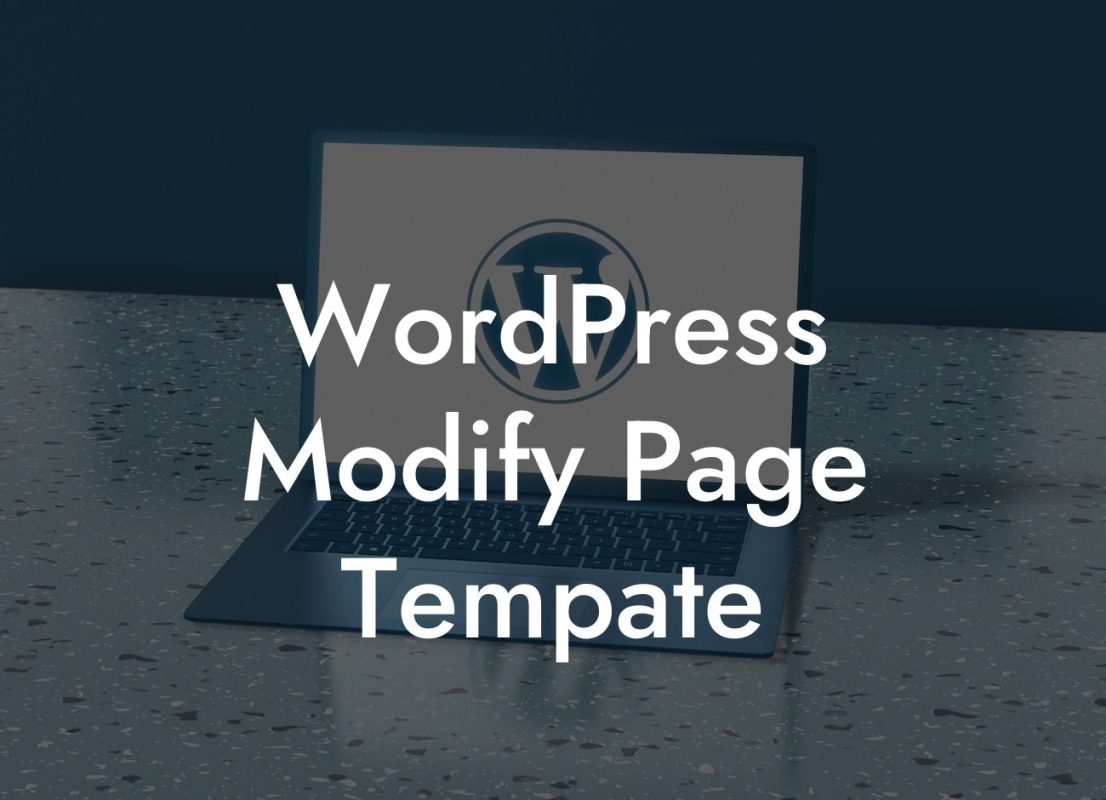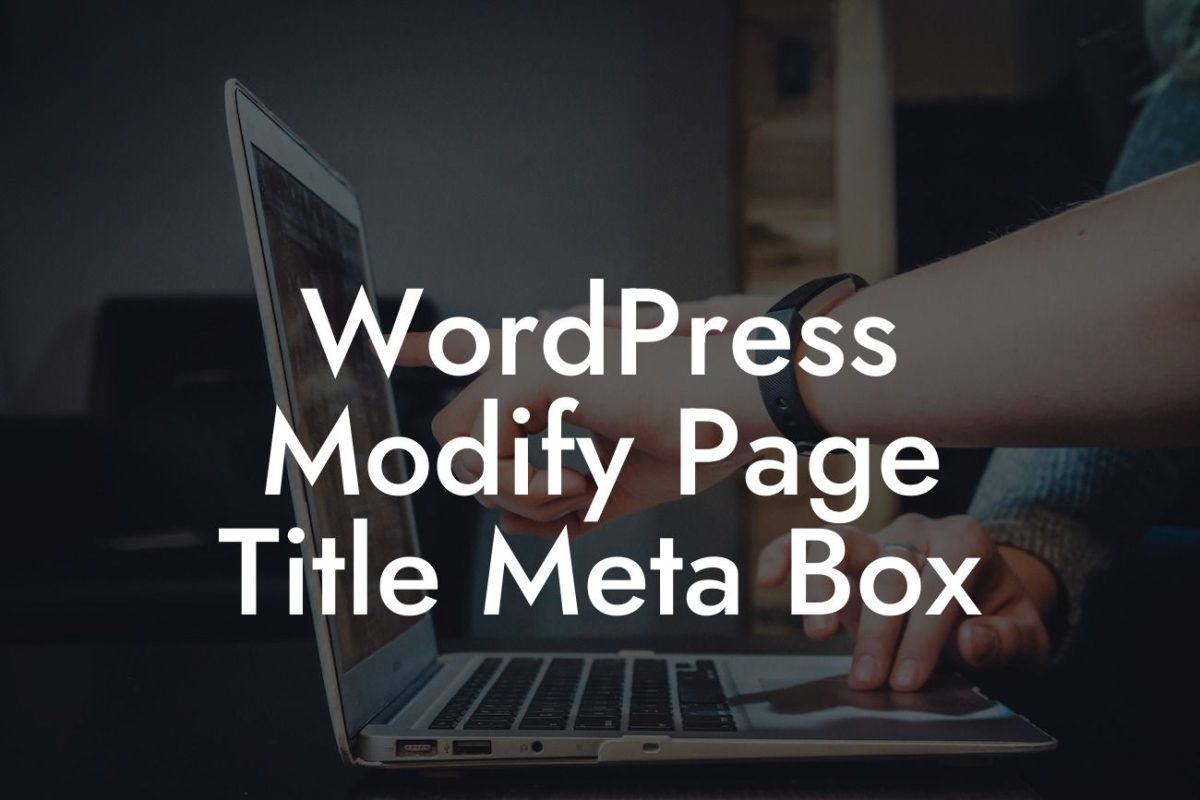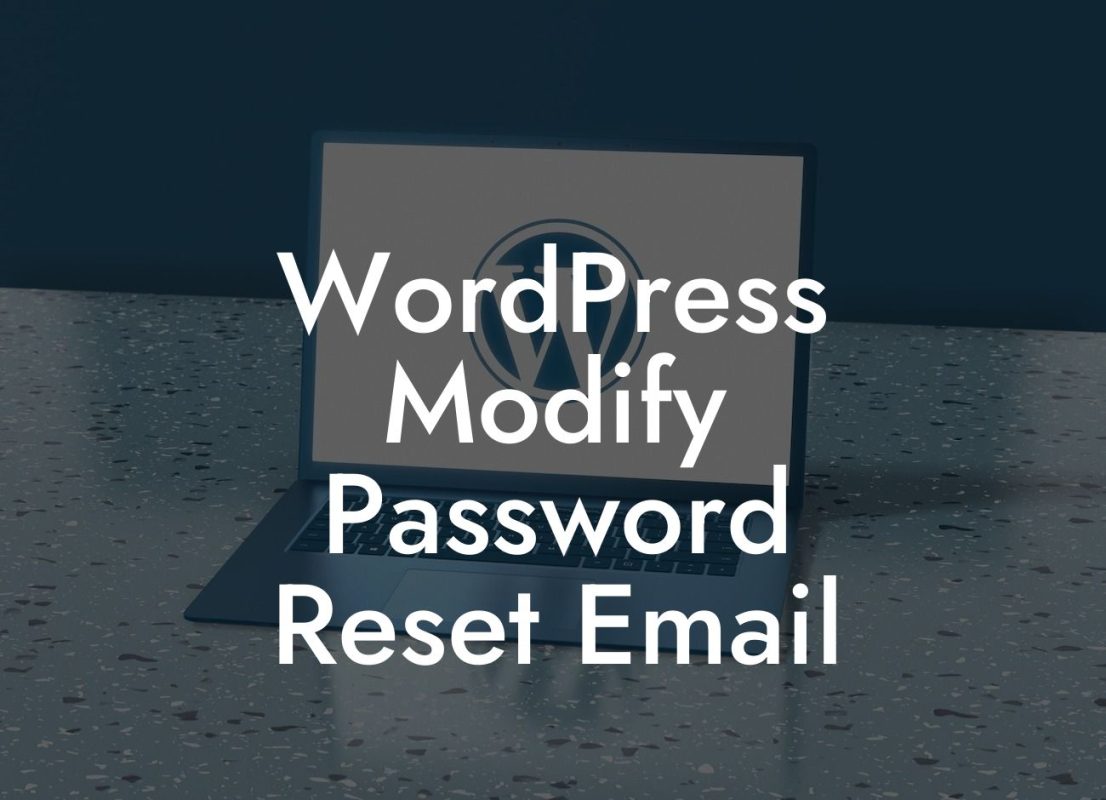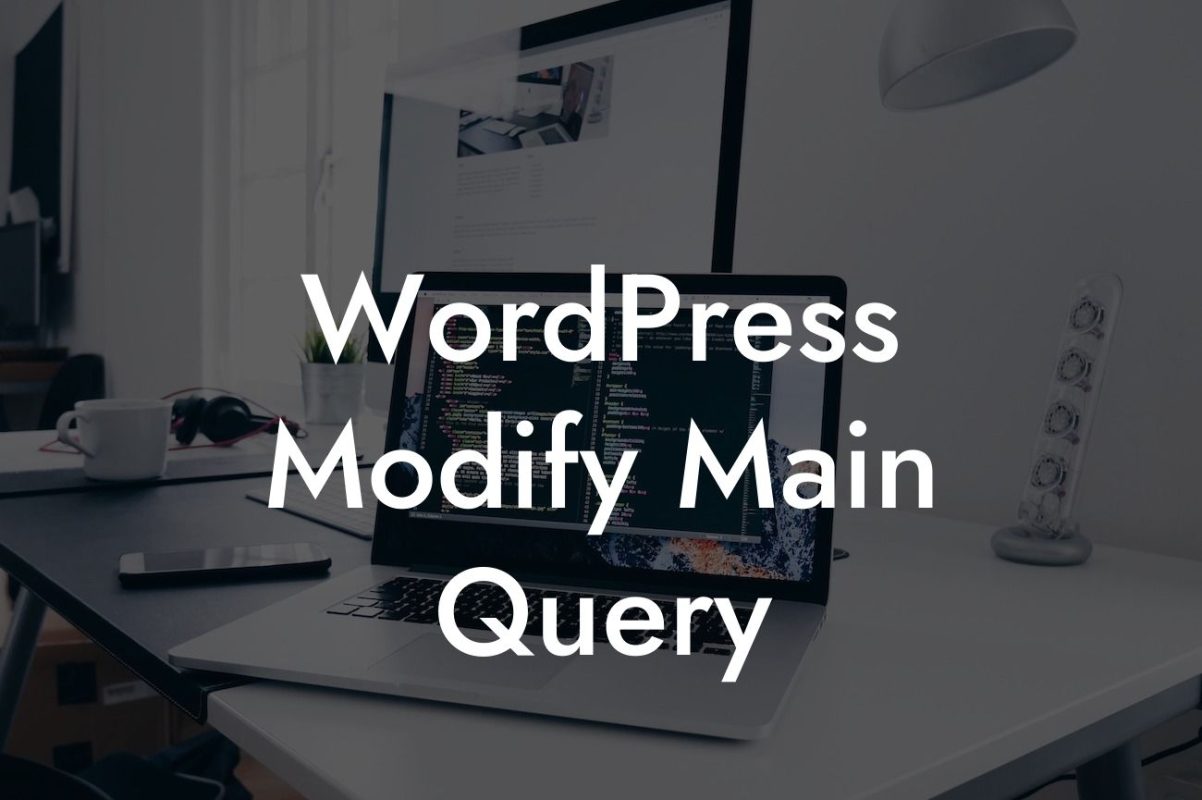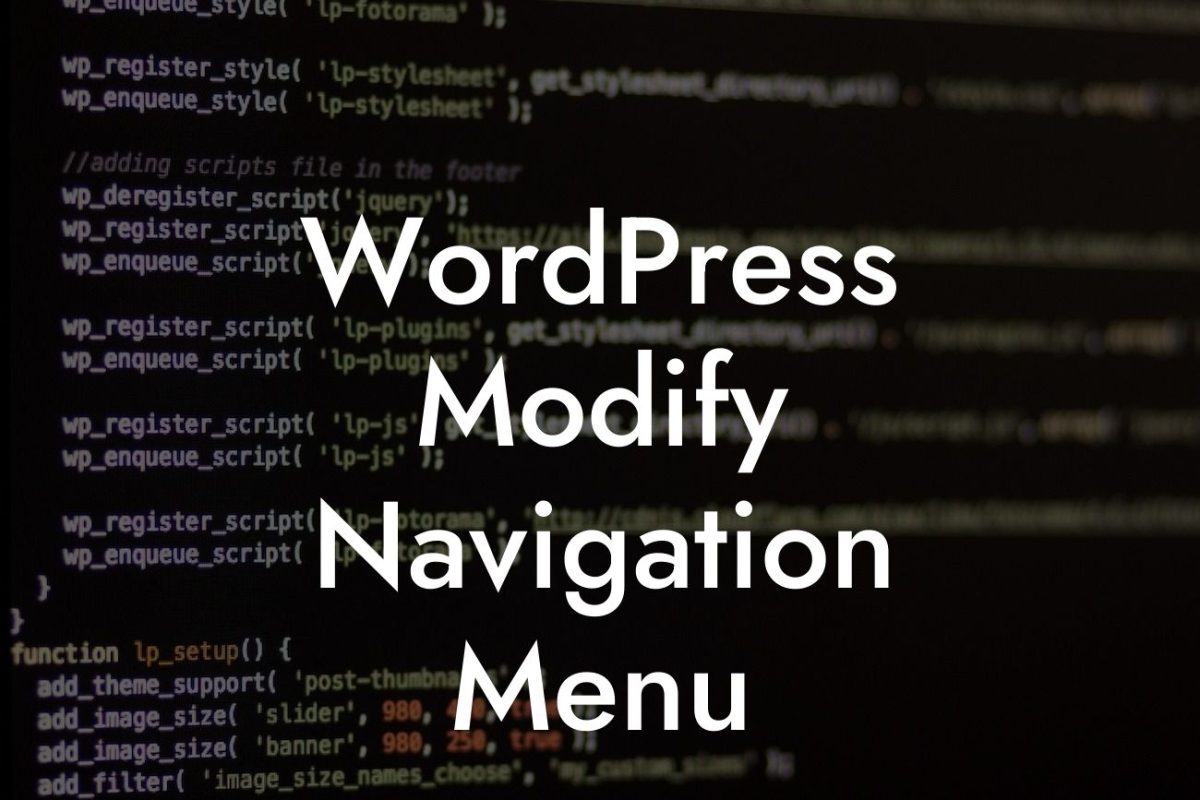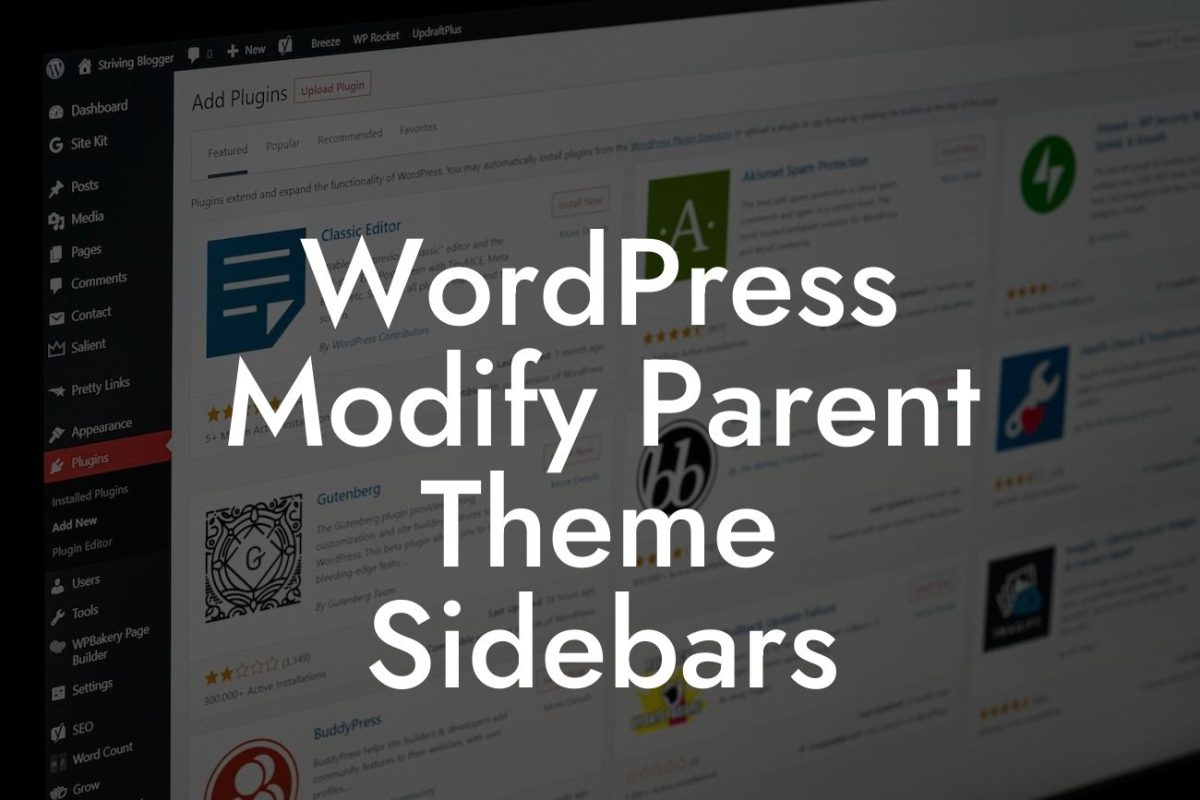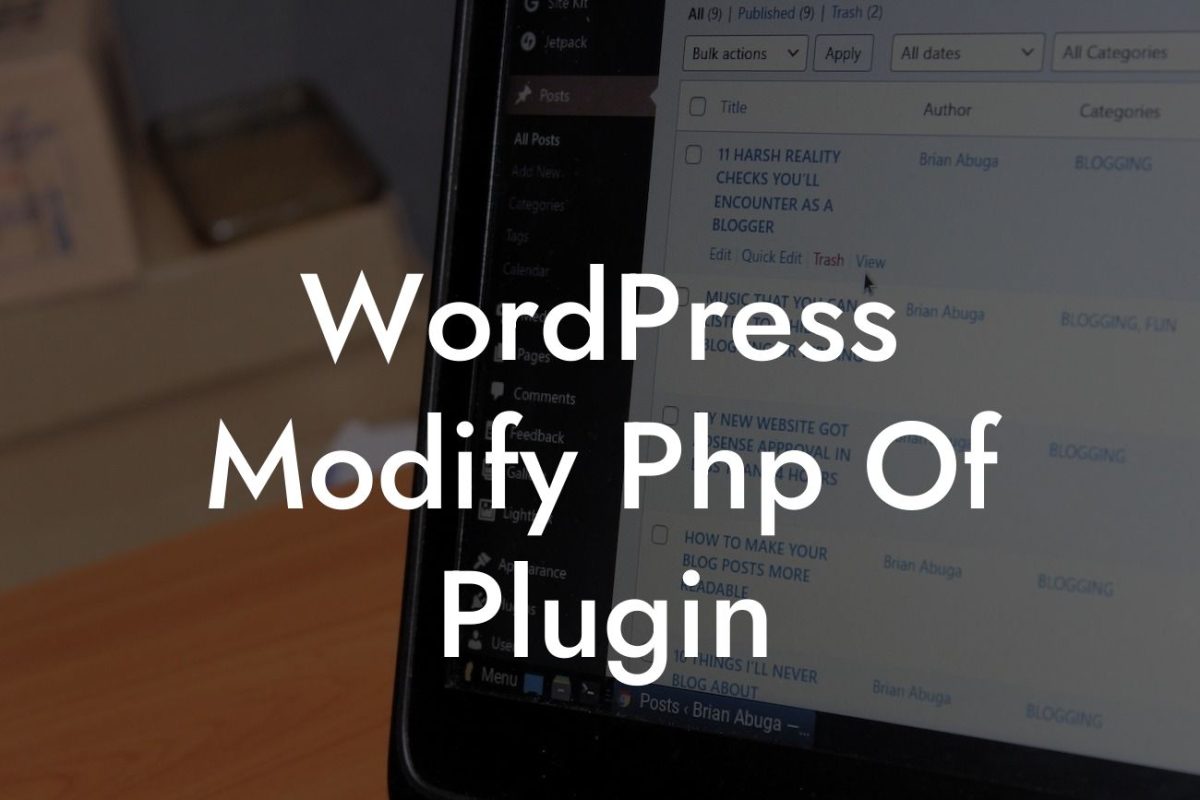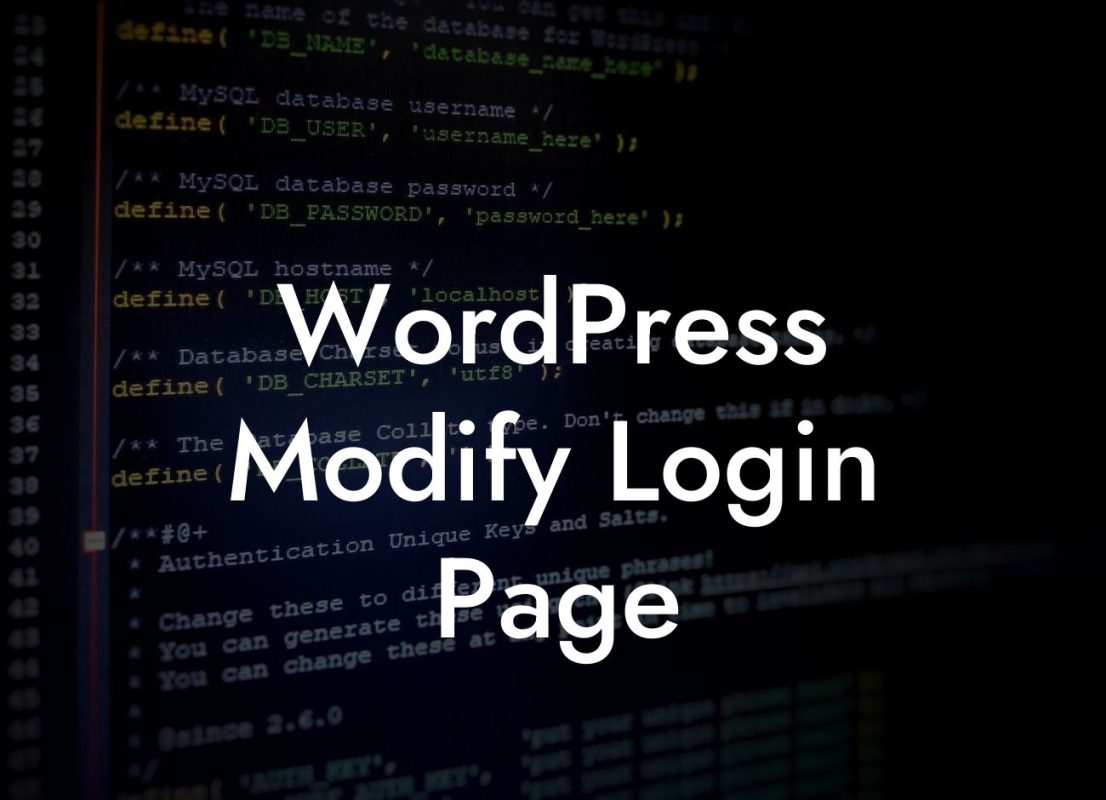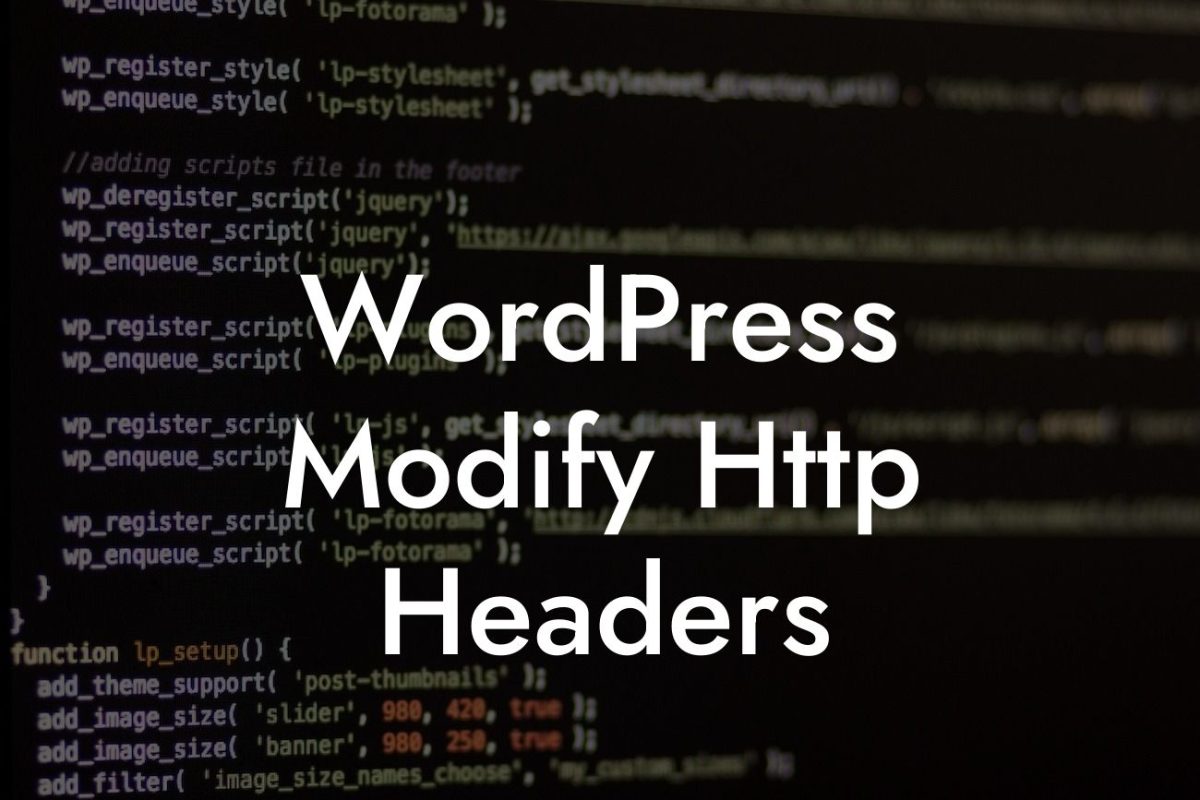WordPress has become one of the most popular content management systems for small businesses and entrepreneurs due to its user-friendly interface and extensive plugin options. However, many WordPress users struggle with modifying the footer, which can limit their website's customization and hinder their online presence. In this comprehensive guide, DamnWoo will walk you through the process of modifying the footer in WordPress for the year 2017. Say goodbye to generic footers and embrace a customized footer that aligns with your brand's identity.
H2: Understanding the Importance of a Custom Footer
Your website's footer is more than just a space for copyright information and links to your privacy policy. It presents a valuable opportunity to engage your visitors, reinforce your brand message, and improve your website's user experience. In this section, we will discuss the significance of a custom footer and its impact on your online presence.
H2: Prerequisites for Modifying the Footer
Before we embark on modifying the footer, you should have a basic understanding of HTML and CSS coding. Don't worry if you're not a coding expert – we'll guide you through the process step-by-step. Additionally, make sure you have a WordPress theme that allows custom footer modifications. If not, we recommend choosing a theme that provides this flexibility.
Looking For a Custom QuickBook Integration?
H2: Modifying the Footer Code in WordPress
Detailed step-by-step instructions on modifying the footer code will be provided in this section. We'll guide you through various methods, such as using a child theme, CSS customization, or utilizing a WordPress plugin. Each option will be explained in detail, ensuring you can choose the most suitable method for your needs.
H3: Modifying the Footer HTML
We will start by locating the footer file in your WordPress theme. Next, we'll delve into editing the HTML code to customize your footer content. You'll learn how to add or remove elements, change fonts and colors, and include contact information or social media icons.
H3: Styling the Footer with CSS
CSS (Cascading Style Sheets) allows you to control the visual appearance of your website. In this section, we'll show you how to style your footer using CSS. You can adjust margins, padding, and text alignment to create a visually appealing and cohesive design.
H3: Utilizing a WordPress Plugin
For those who prefer a non-coding approach, we'll introduce you to some trusted WordPress plugins that simplify footer modification. These plugins offer user-friendly interfaces and allow drag-and-drop customization, giving you the flexibility to create a unique and professional footer without any coding knowledge.
Modify Footer In Wordpress 2017 Example:
Imagine you have a small clothing boutique. In this realistic example, we'll show you how to modify the footer to showcase your store's location, contact details, and social media links. By following our instructions, you can create a footer that not only reflects your brand's personality but also improves user engagement and promotes your online presence.
Congratulations! You've successfully learned how to modify the footer in WordPress for the year 2017. Take advantage of DamnWoo's collection of awesome WordPress plugins designed exclusively for small businesses and entrepreneurs to further enhance your online presence. Don't forget to share this article with others who may find it useful and explore more guides on DamnWoo to optimize your WordPress website. Start customizing your footer today and let your brand shine!

